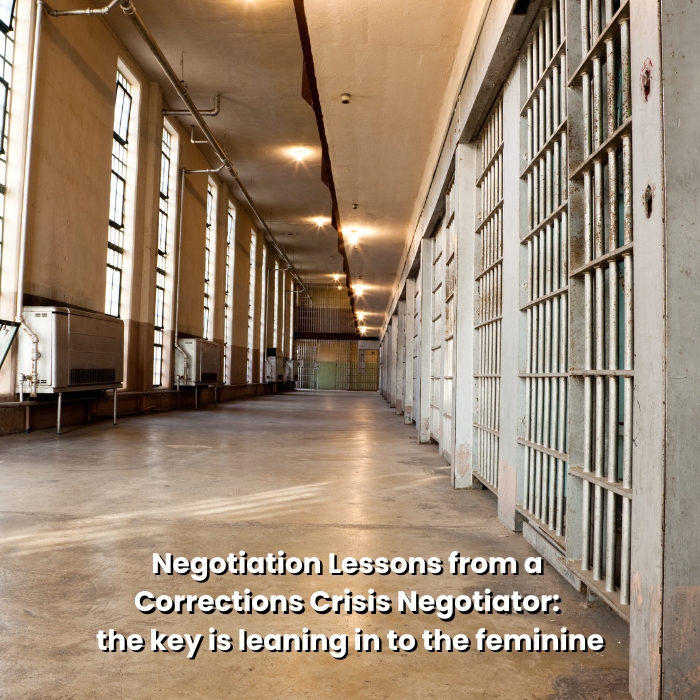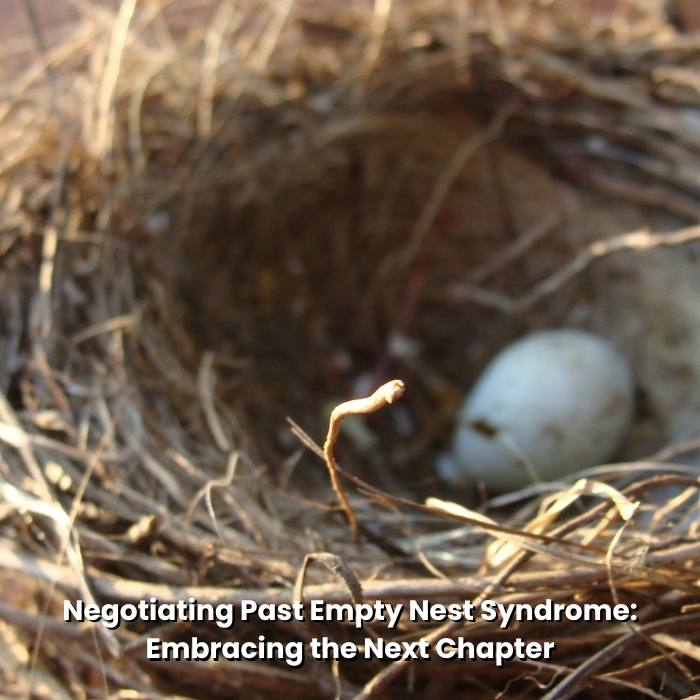
Perils of Failing to Properly Prepare for Negotiation Part IV
There’s great power in preparation … especially when done with intention. In your negotiations, if you want to be more persuasive, to have greater leverage, influence and confidence with better overall outcomes, then be sure to make preparation a top priority.
This series is dedicated to helping you up-level those all-important preparation skills. In Part I we explored the perils of failing to properly prepare. In Part II we uncovered my signature No F.E.A.R. Negotiating model. Part III introduced you to the 5 W’s to Effective Negotiating model. Today, we’re going to explore my A.R.E. F.I.T. model, the 3rd in my trilogy of winning preparation models you can add to your negotiating toolkit.
A.R.E. F.I.T.
If you’ve been following this series, by now you’ve already prepared by applying the No F.E.A.R. and 5 W models. Before you enter the negotiation, the icing on the cake to make you more persuasive and influential is to go through the A.R.E. F.I.T. model.
Where did this model come from? It was the impetus for my Art of Feminine Negotiation programs. Like many women, I used to buy into the myth that to be an effective negotiator, I had to get tougher. I over-compensated, bringing masculine, competitive energy to the table. My clients called me the Barracuda. They meant it as a compliment, and I wore it like a badge of honour for many years.
But there’s a high cost that comes with bargaining from that place. It impacts on your professional relationships, then starts to leach into your personal relationships and ultimately impacts on your sense of self.
And so I dug into exploring the elements of negotiation and the key traits that make and mark the most effective negotiators. Ironically, 5 out of 6 of these skills are considered ‘feminine’ traits, or soft skills. And so the Art of Feminine Negotiation was born. [Check out my early post on this issue, Debunking the Myth on Women and the Art of Negotiation.]
I created this simple mnemonic to help you remember the key skills you’ll want to bring to the negotiating table with intention. A.R.E. F.I.T. Just think, you ARE FIT to be a great negotiator.
What are the 6 secret ingredients to launch your negotiating prowess?
A Assertiveness
R Rapport-building
E Empathy
F Flexibility
I Intuition
T Trust
Just consider each of these elements and how you can apply them to the negotiation at hand.
Assertiveness:
Assertive does not mean being tough for the sake of being tough. It doesn’t mean table-pounding, chest-beating, shouting, belittling, attacking or other misguided ideas about power. It means being confident and self-assured, holding the line when required. That confidence comes, in part, from knowledge, which comes from being prepared.
Assertiveness comes from confidence.
Confidence comes from knowledge.
Knowledge comes from preparation.
Rapport-Building:
Rapport-building is all about making (rather than breaking) connection, building (rather than tearing down) bridges. It involves communication skills, seeking to find affinity, common understanding, common ground. Building rapport builds connection and a perceived shared frame of reference. It diffuses potential tension and opens lines of communication.
As a result, this approach leads to increased cooperation, which in turn increases creativity, which results in better negotiated results, with greater buy-in, satisfaction and longevity. The stronger the relationship, the higher the trust and the more likely mutual ground will be found.
So next time, instead of jumping straight to business, consider how you might build rapport with the other party.
Empathy:
Empathy involves the capacity to understand another’s feelings from their frame of reference, to show compassion, sympathy, concern, and consideration. Truly understanding the other party’s perspective and motivation is a powerful tool in any negotiation.
Imagine the strategic power that comes from anticipating the other party’s needs and desires, to see where your counterpart is coming from and to understand their emotions even (or especially) when you don’t agree. It allows you to better frame your positions with a tailored view to addressing or avoiding both positive and negative potential triggers, to determine where to best give or take, when to push or pull back, and how to present to increase your odds of getting what you want and need.
Put yourself in the shoes of the other party before sitting down at the table with them, and consider how it might give you a better perspective on how to connect and achieve better results for all.
Flexibility:
The ability to be flexible – able to change, pivot or bend as necessary – is important to both the process and outcome of any given negotiation.
Process flexibility is the ability to shift styles or approaches as needed to get what you want out of the negotiation. Outcome flexibility is more end-result/solution focused. i.e., the ‘what’ of the negotiations. Effective negotiators will be able to find different and creative ways to meet their interests. Negotiators who come to the table with tunnel vision re outcomes, lose out on valuable opportunities to find more creative (and better) solutions than anticipated.
Intuition:
The ability to rely on strong instinct, to pick up on verbal and non-verbal cues and to read your counterpart in negotiations is valuable. These cues include non-verbal factors like eye contact, body language, tone of voice, pace, and verbal factors like use of humour or other tactics to build connection.
In our fast-paced world, decisions often need to be made quickly. Negotiations are no exception. There may be little time for full deliberation and judgments may need to be made with incomplete information. Intuition is key in these cases. Our unconscious thought process is less restrictive than our deliberate thought processes. That’s not to say that intuition should be substituted in place of preparation but ignoring the role (and value) of intuition is a mistake.
Trust:
Trust is a cornerstone of effective negotiations. Trust gets better long-term outcomes, relationships, and buy-in. Yet we typically don’t include intentional trust-building as an element of our preparation work for negotiations. That failure adversely impacts your ability to influence and persuade.
As part of your preparation process, consider what steps you can take to build trust with the other party.
Applying this simple A.R.E. F.I.T. model, especially in conjunction with the models outlined in Parts II & III, will make you a better negotiator. It will allow you to secure better, more creative outcomes.
Stay tuned next week for our final instalment in the Preparation series!
- Negotiating with Your Future Self: Setting High Aspirations for Personal Growth - April 2, 2025
- Negotiating Tips to Stop Us Being Fools on April Fool’s Day - April 1, 2025
- Understanding the Impact of Shame and Guilt on Negotiation - March 31, 2025






